Ever since 2009’s Paranormal Activity wrested the horror crown away from the Saw franchise, fright films featuring ghosts or demonic entities have ruled the genre, churning out hit after hit — from the Paranormal Activity films to The Haunting in Connecticut, The Devil Inside, Mama, The Last Exorcism and the Conjuring, Insidious, Sinister and Ouija franchises. Take what you will from this trend, but my biggest personal takeaway — and one that should serve me well if I ever suspect the ghost of a scorned chambermaid is living in my attic — is that black people don’t get haunted. Phew.
Well, that’s at least what Hollywood would have you believe. The ghostly/demonic haunted house genre — particularly the run of films that have dominated horror since 2009 — has been an overwhelmingly Caucasian affair, even by the standards of mostly white mainstream horror. The modern supernatural hits from major studios (unlike indie horror movies, which tend to be more racially diverse, in part because the filmmakers have more control) have scarcely featured any people of color — apart from the Latino offshoot Paranormal Activity: The Marked Ones — not even the normal token “black guy/gal” roles we’ve come to expect in every slasher movie since the 1980s.

This “black hole” presents an interesting reversal of the days of the old “spook” stereotype, when it was seemingly mandated that haunted house movies have a black comic relief role to react with a bug-eyed skedaddle to the sight — or even the mention — of ghosts. That grotesque caricature has given way to arguably a more pernicious tool of image control — exclusion — creating a vacuum in which the only major ghostly releases with featured black roles are spoofs like Marlon Wayans’ Haunted House films and Scary Movie 5 (all of which, it could be argued, revert back to modern interpretations of the spook archetype for laughs).
So, why has mainstream haunted house fare been so tragically monochromatic? For one, this sub-genre tends to hinge on the concept of a “normal,” typically all-American family that has its life turned upside down by a supernatural disturbance. And as much as some would like to think we’re living in a color-blind society, the term “all-American” still generates in the mostly white public’s mind images that are more in line with Ward and June Cleaver than Lucious and Cookie Lyon. It’s the same reason why a missing upper-middle class white woman can become national news while a missing lower-class black woman is relegated to a flyer on a telephone pole.
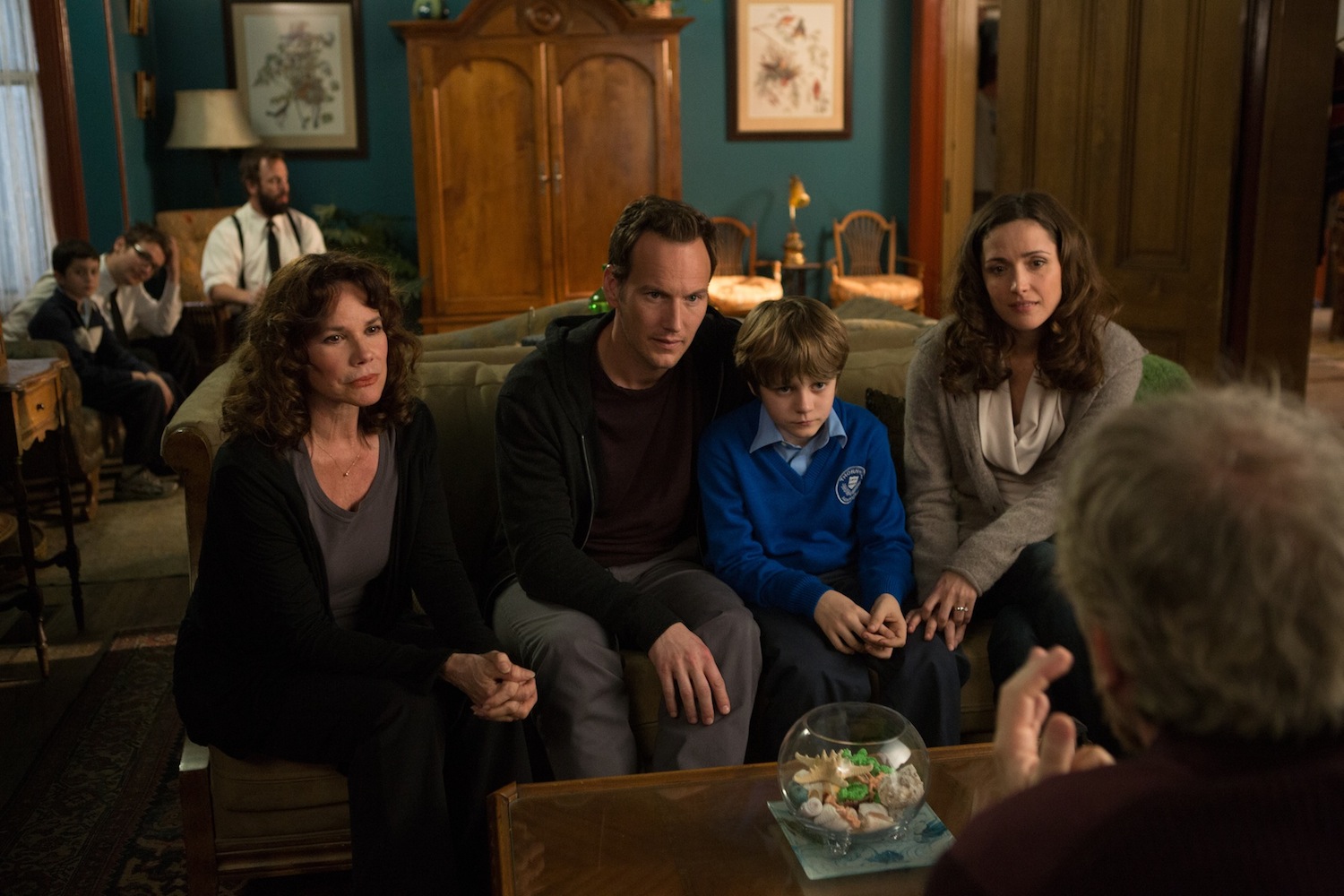
Even if such societal concepts are shifting, though, you can’t count on Hollywood to lead the way — especially in a mainstream film with studio money behind it (indies can afford to be more risky) and especially in a genre that studios seem to view as targeting unrefined, unimaginative, narrow-minded tastes. You can always rely on horror hits to beat a winning concept to death with endless sequels, copycats, remakes and reboots, an overly safe approach that not only shows little regard for the intelligence (and a fundamental lack of understanding) of its audience, but also reflects a stagnant, corporate mentality that further ingrains whatever tired genre formulas — including racial casting — have long been established.
And as “post racial” as some people would like to view modern society, Hollywood still has not evolved past a largely segregated mindset that views a movie with two black leads automatically as a “black film,” with limited box office potential.
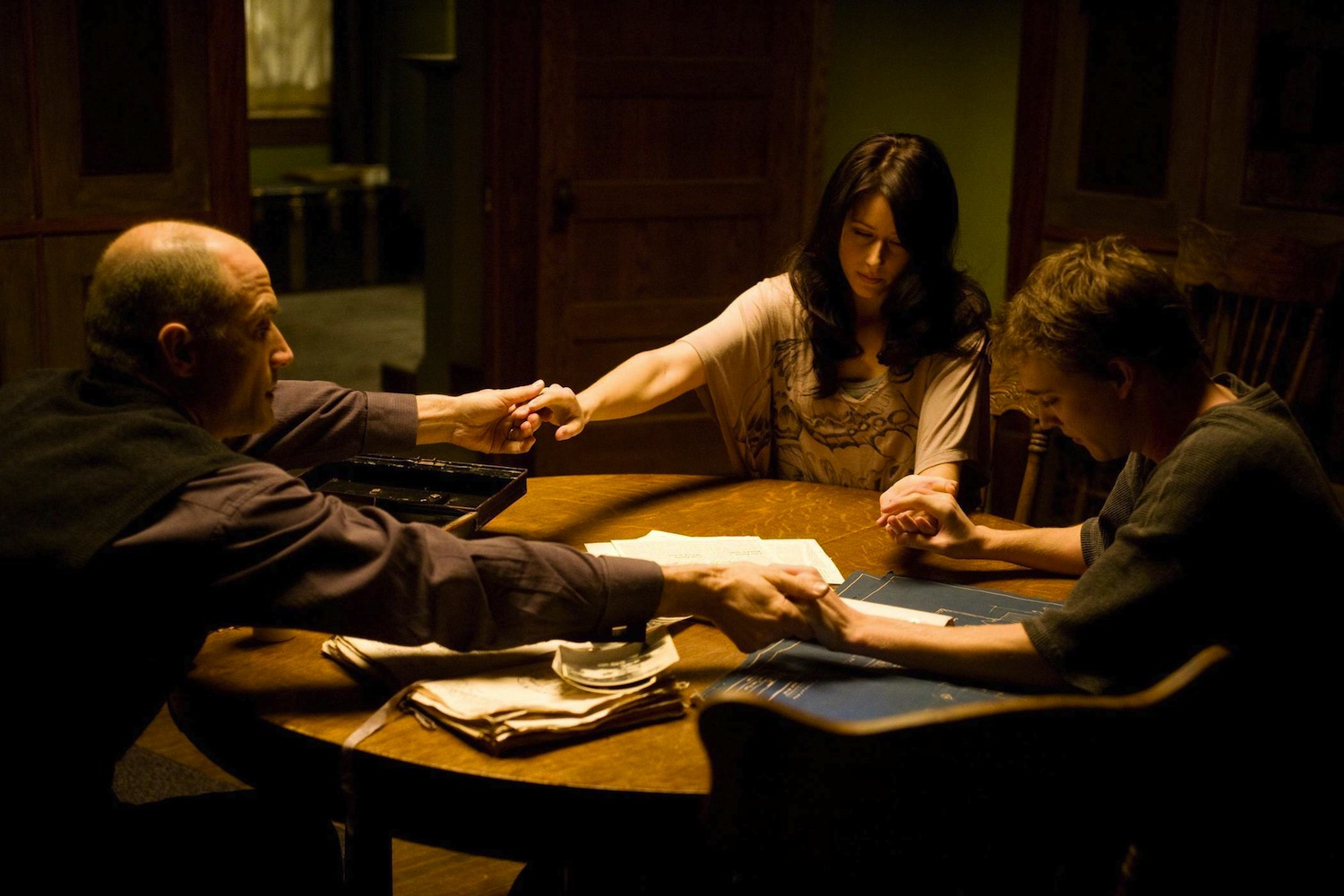
In movies, haunted houses are almost always rural or suburban, while “black movies” tend to be urban. Annabelle is one of the few of the recent spate of supernatural hits to feature an urban setting — an apartment — and not coincidentally, it’s also one of the few to feature a black actor (Alfre Woodard) in a primary supporting role.
Other contemporary ghost/demon films featuring a black character in the main cast — Evil Dead (with Jessica Lucas), The Lazarus Effect (with Donald Glover) and Blair Witch (TWO of ’em!) — do so under the guise of ensemble films in a specific, non-residential setting (the “cabin in the woods” variety, the “scientists in a lab” variety and the “camping in the woods” variety, respectively). Ensemble movies are more likely to feature a diverse cast because their main characters tend to be unrelated with varied backgrounds whose differences often play into the plot — unlike the single-family home settings of most haunted house features. (It should go without saying that the black characters in Annabelle, Evil Dead, Lazarus Effect and Blair Witch ALL die, because, well, that’s what black people do in horror movies.)
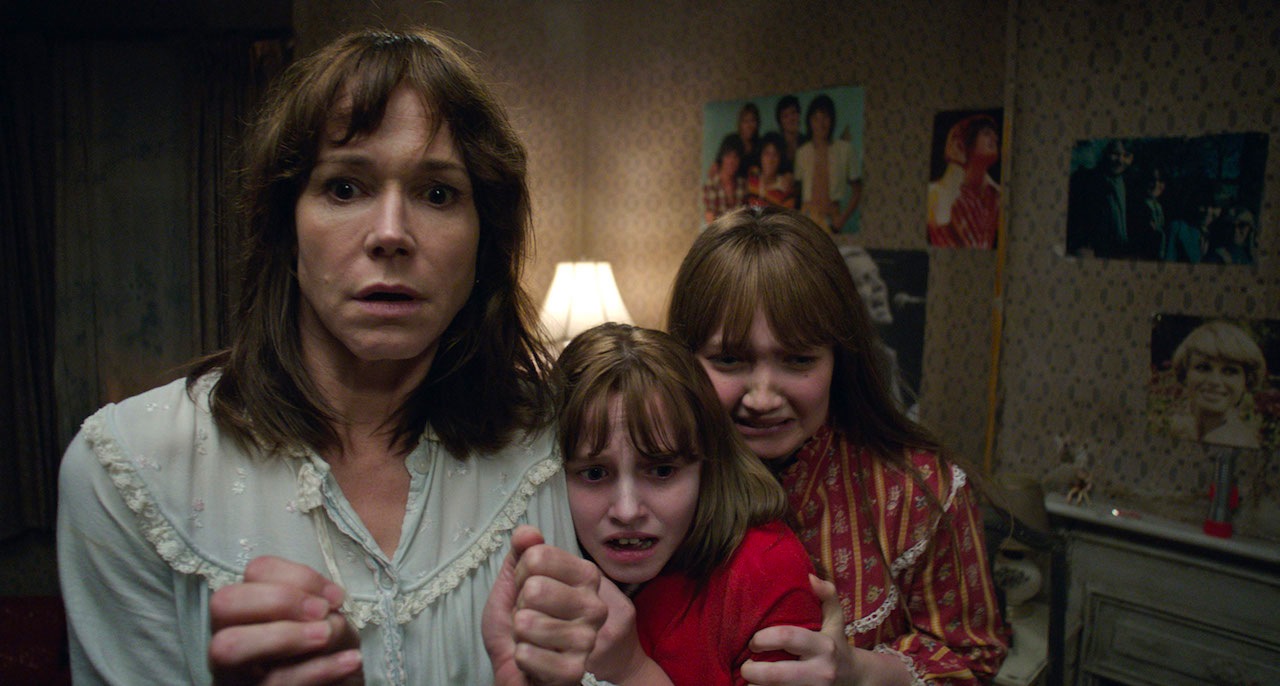
Apart from the standard ensemble casting, black actors’ opportunities for featured roles in supernatural fare like this tends to be limited to stories with voodoo and/or slavery elements, and none of the major horror releases have explored that territory since The Skeleton Key and Venom in 2005. (2014’s Jessabelle and 2013’s The Haunting in Connecticut 2: Ghosts of Georgia did, but despite studio backing via Lionsgate, both failed to get wide theatrical distribution — perhaps in part because the racial overtones were felt to limit the appeal. Jessabelle was certainly good enough to warrant a wide release, and Ghosts of Georgia had enough name recognition to do so.)
Sadly, it’s hard to see any signs of this exclusionary approach changing (however intentional you choose to view it). A quick perusal of the upcoming Annabelle 2 cast reveals no black cast members, and any extension of the based-on-real-life Conjuring franchise can continue to use the convenient excuse of biographical truth to maintain its racial exclusivity. That said, in 2014, Lee Daniels was reportedly attached to direct Demon House, a film based on the supposed demonic encounters of black Gary, Indiana resident Latoya Ammons and her family. Given the lack of updates since that announcement, however, it seems this project might be stuck in Development Hell.
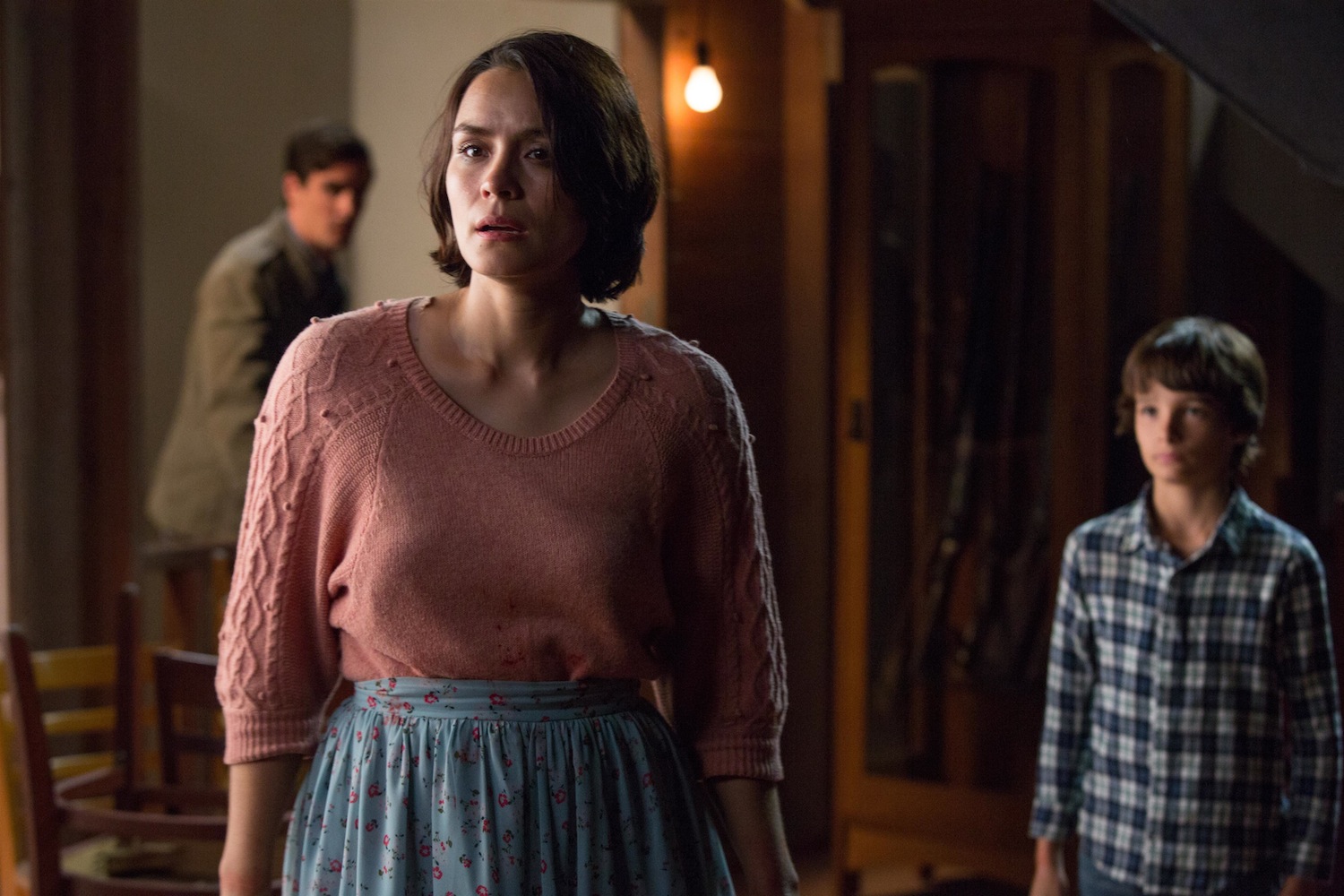
If nothing else, the next horror trend is bound to arise soon, meaning haunted house flicks will fall out of fashion, and the studios will hop on board the next money train. Maybe Jordan Peele’s Get Out will tag racially conscious, African-American horror as the next big thing. Lord knows the next four years in America are primed to feature plenty of racially based horror.

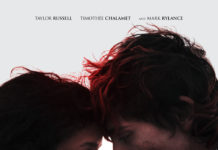
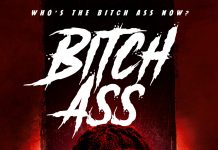
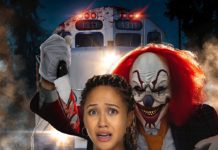
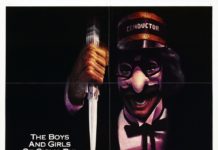
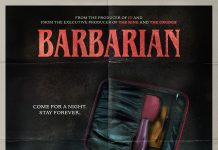
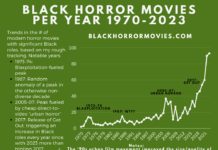
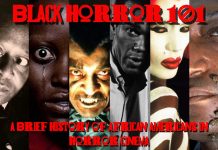
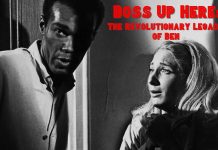
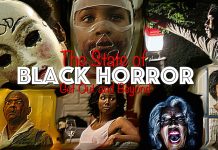
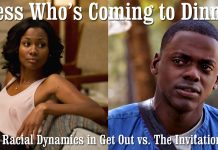
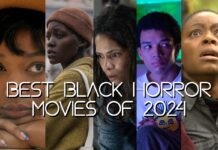
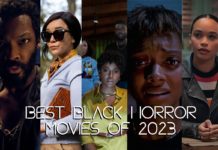
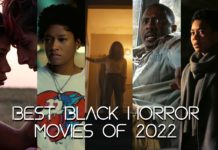


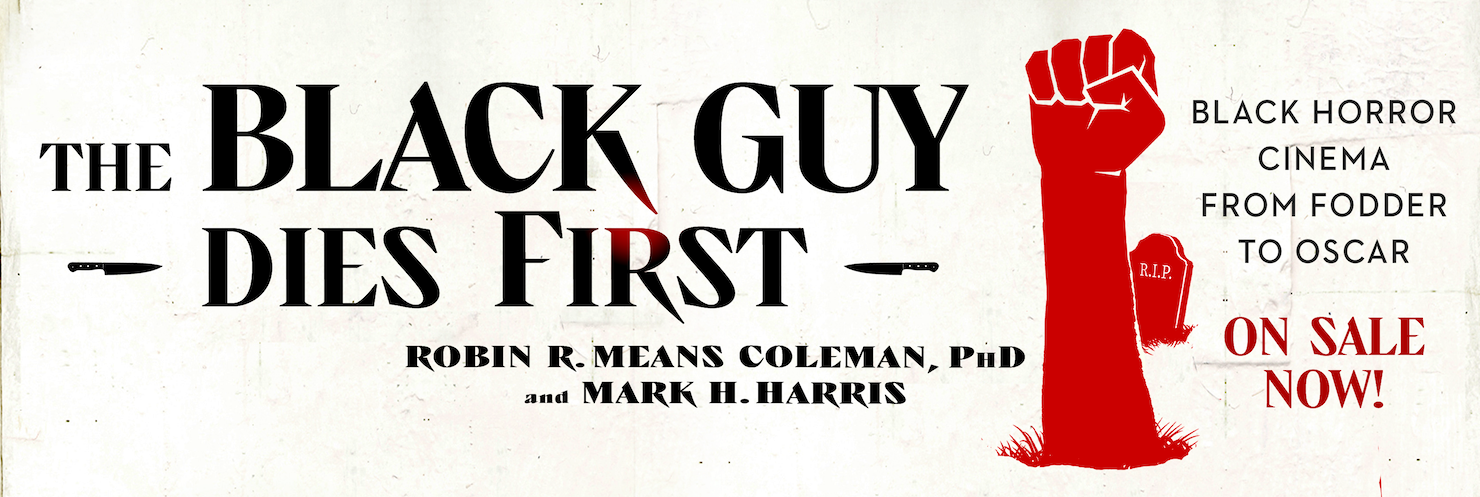
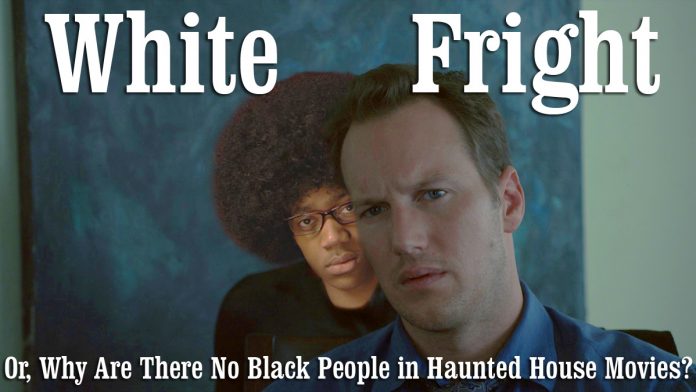

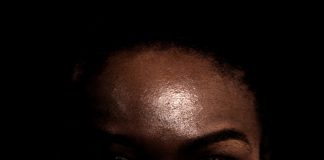
The Conjuring movies make a farce of the “based on a true story” claim. They basically push an ultra-conservative, (white) fundamentalist Christian agenda. Though the second one might as well have portrayed the Hodgsons as West Indian for all the accuracy they contained. I’m really looking forward to seeing Get Out.
Not that this improves the film or it’s racial connotations, but Ouija did feature the Latina Bianca A.Santos (she’s even featured in your picture, though the color corrections does lighten her skin).
Also, Annabelle 2 does feature a black actress: Tara Buck, who’s character has not been named yet (of course). Mexican actress Stephanie Sigman also features in a more major role as “Sister Charlotte” in the film. Not saying it still isn’t predominantly white (it is) just saying it’s not devoid of any non-white actors.
UPDATE> Tara Buck’s character in Annabelle 2 is named “Kate.” She can be seen in the trailer among the other orphaned girls, so it’s possible she may have a substantial role in the film.
Black director/writer/producer (triple threat!) LazRael Lison did two haunting films called Rift and Private Number, though the casts of both are almost entirely white (despite Rift’s urban-ish setting).
Of course black people aren’t haunted, if ghost or spirits really existed the ghosts of those who died from racism and slavery would make the Americas inhabitable, if a puny ghost haunted a black family they would only need to summon the ghost of their great grandfather who was a slave and has much more spiritual power due to rage, powerlessness and opression to protect them. The concept of ghost being real is racist because the spirit of slaves would be much more real than indial burial grounds or the ghosts of little white children